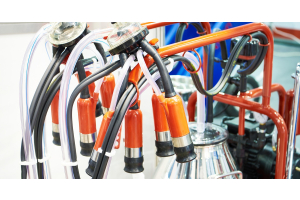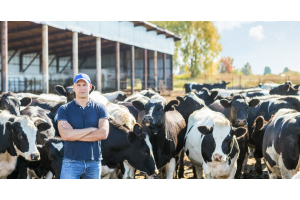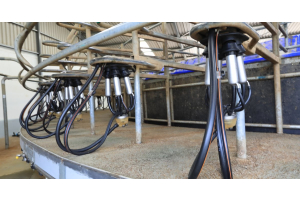How Tubing Material Affects Dairy Milk Quality
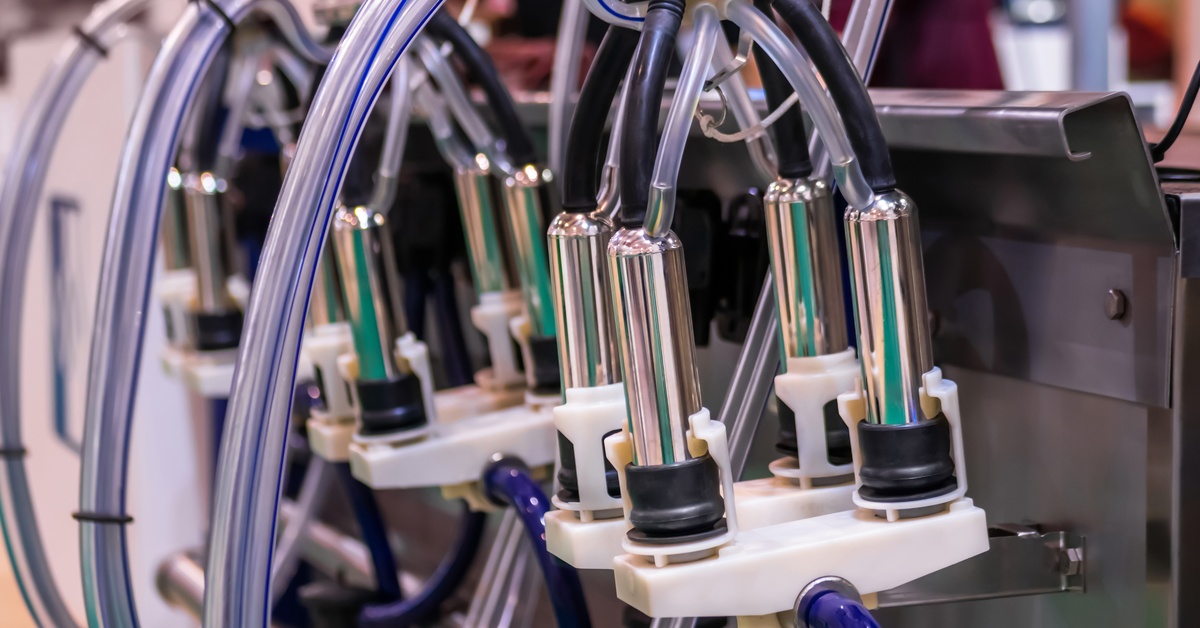
In the journey from cow to consumer, every component plays a role in preserving milk’s purity and safety. While large equipment often gets the most attention, the humble milk hose, also called milk tubing, influences sanitation, taste, and overall product integrity. Learn how tubing material affects dairy milk quality why choosing the right type is essential for your operation.
The Role of Tubing in Dairies
Tubing is the primary conduit for milk as it moves from the milking cluster to the bulk tank, making it a point of constant contact. Milk hoses prevent the accumulation of milkfat and other residues, which are breeding grounds for harmful bacteria.
Quality milk hose material prevents the leaching of chemicals, resists bacterial buildup, and withstands rigorous cleaning protocols. On the other hand, poor-quality or improper tubing can introduce contaminants and degrade the milk before it even leaves the parlor. It can also harbor bacteria within microscopic cracks or pores, leading to high somatic cell counts and reduced shelf life.
Common Tubing Materials Used
Silicone and rubber have historically been the most common materials for milk tubing, each offering distinct advantages. Silicone is prized for its flexibility, transparency, and resistance to extreme temperatures, making it easy to monitor milk flow and clean effectively. Rubber, while less transparent, is known for its durability and lower cost, providing a reliable option for many producers.
Each milk hose material presents a different balance of performance, longevity, and cost. Evaluating these options helps you find the best fit for your specific operational demands and budget.
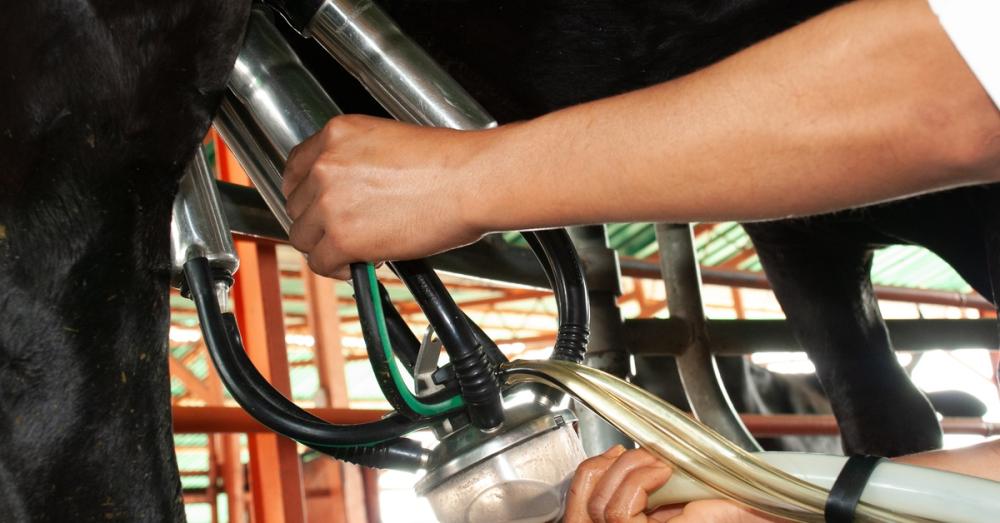
Silicone Tubing and Milk Purity
Silicone is widely regarded as a superior choice for maintaining milk purity due to its inert and non-toxic properties. It does not react with milk fats or proteins, ensuring the milk’s natural flavor and composition remain unaltered. Its smooth, non-porous surface also provides excellent resistance to the buildup of milkstone and bacteria.
This material’s ability to withstand high-temperature cleaning and harsh sanitizing chemicals without degrading is another significant benefit. This resilience ensures that cleaning cycles are effective, reducing the risk of cross-contamination between milkings. Consequently, silicone helps maintain lower bacterial counts and supports the production of high-quality milk.
Rubber Tubing and Its Properties
Rubber tubing has long been a staple in the dairy industry, valued for its robustness and cost-effectiveness. It is highly durable and can endure the physical demands of a busy milking parlor, resisting tears and abrasions. This makes it a practical choice for producers looking for a long-lasting and economical solution.
However, rubber is an opaque material, which prevents visual inspection of milk flow and cleanliness. Over time, it can also become porous and develop fine cracks, which may harbor bacteria if not cleaned meticulously. When using rubber tubing, regularly inspect and replace the milk hose as needed to prevent potential quality issues.
Impact on Bacterial Contamination
Tubing material affects dairy milk quality by preventing or promoting bacterial growth. Milk residues, combined with warmth and moisture, create a perfect breeding ground for bacteria in poorly maintained tubing. Contamination leads to milk spoilage, off-flavors, and potential safety concerns for consumers.
Additionally, bacteria can form biofilms, which are slimy layers that stick to tubing surfaces and are extremely hard to remove. These biofilms contaminate milk and reduce the effectiveness of cleaning agents over time. Preventing biofilm formation is critical to maintaining milk quality and ensuring consumer safety.
Consider these factors to prevent bacterial growth in milk tubing:
- Surface texture: Rough or porous surfaces can trap milk solids and bacteria, creating biofilms that are difficult to remove.
- Material degradation: Tubing that cracks or breaks down over time provides more places for bacteria to hide and multiply.
- Cleaning efficacy: The material must withstand the chemicals and temperatures required for proper sanitation without degrading.
- Transparency: Clear tubing allows for visual confirmation that the lines are clean and free of residue after washing.
- Flexibility: Tubing must remain flexible without kinking to ensure complete drainage and prevent milk from pooling.
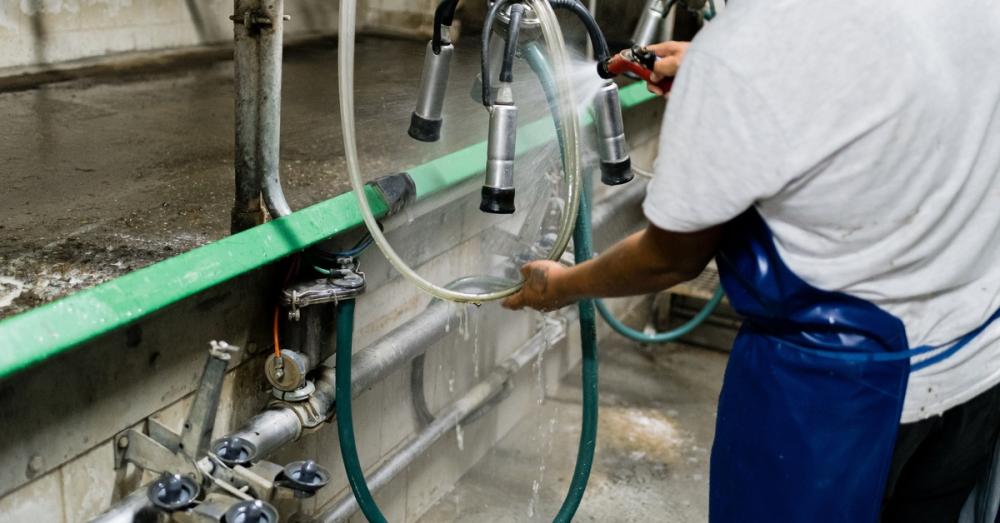
Chemical Leaching and Milk Safety
An often-overlooked risk with inferior tubing is the potential for chemical leaching. Some plastics and low-grade rubber can release compounds into the milk, especially when exposed to temperature fluctuations or acidic cleaning agents. These leached chemicals can affect the milk’s taste, odor, and, most importantly, its safety for consumption.
It is essential to use tubing that is certified as food-grade and specifically designed for dairy use. These materials undergo rigorous testing to ensure they are stable and will not transfer harmful substances.
Durability, Lifespan, and Costs
The durability of tubing material directly impacts its lifespan and long-term cost. While a lower-cost material like rubber may seem economical initially, it may require more frequent replacement due to degradation. Silicone, though more expensive upfront, often provides a longer service life, making it a more cost-effective choice over time.
Factors like exposure to UV light, cleaning chemicals, and physical stress all contribute to the breakdown of tubing materials. A material that resists these elements will maintain its integrity longer and perform consistently, reducing the hidden costs of frequent replacements.
Maintenance and Cleaning Differences
Different materials require different maintenance and cleaning protocols to remain sanitary. Silicone’s smooth surface and high-temperature resistance make it relatively easy to clean with standard procedures. It rinses cleanly and dries quickly, minimizing the opportunity for bacterial growth between milkings.
Rubber tubing may require more rigorous scrubbing or specialized cleaning agents to prevent residue buildup in its pores. Proper maintenance of any tubing is crucial for hygiene.
Below are essential maintenance practices for all tubing types:
- Rinse lines immediately after every milking with lukewarm water.
- Follow with a hot wash cycle using an appropriate detergent.
- Use an acid rinse periodically to prevent milkstone buildup.
- Allow tubing to dry completely before the next use.
- Regularly inspect for cracks, discoloration, or loss of flexibility.
The tubing you use in your dairy operation has a huge impact on milk quality, from taste to safety. Silicone tubing is a top pick for cleanliness and longevity, while rubber is a budget-friendly option that requires more attention. Keeping your tubing clean and in good shape is just as important as choosing the right material. With the right choices and care, you can deliver milk that’s pure, fresh, and top-notch.






